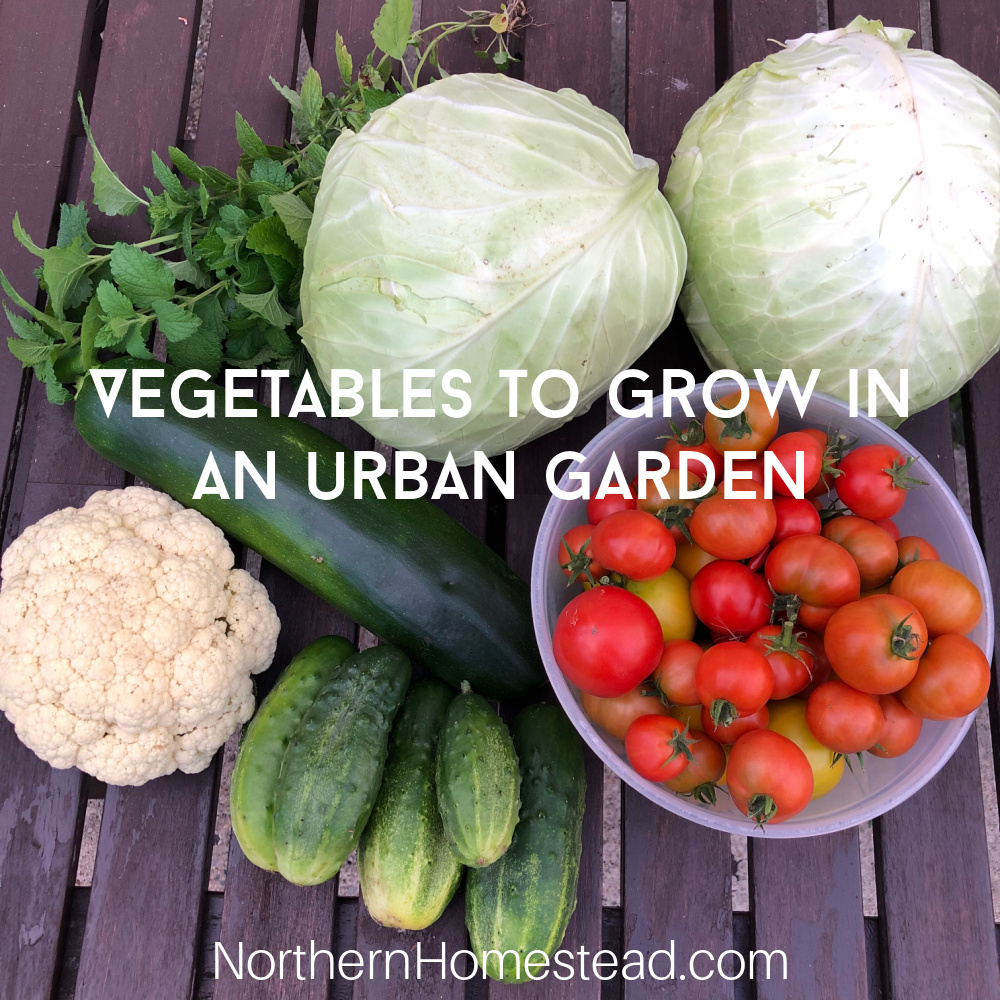
We discussed designing an urban yard for food production. Now, let’s examine which vegetables are suitable for such a garden. Theoretically, you can grow whatever you want, even if your whole yard is a pumpkin patch. But that is most likely not what you want. We are looking for varieties that do not require much space, are economically viable to grow, and, preferably, look attractive. And above all, we want to plant what we want to eat.
Vegetables for small spaces
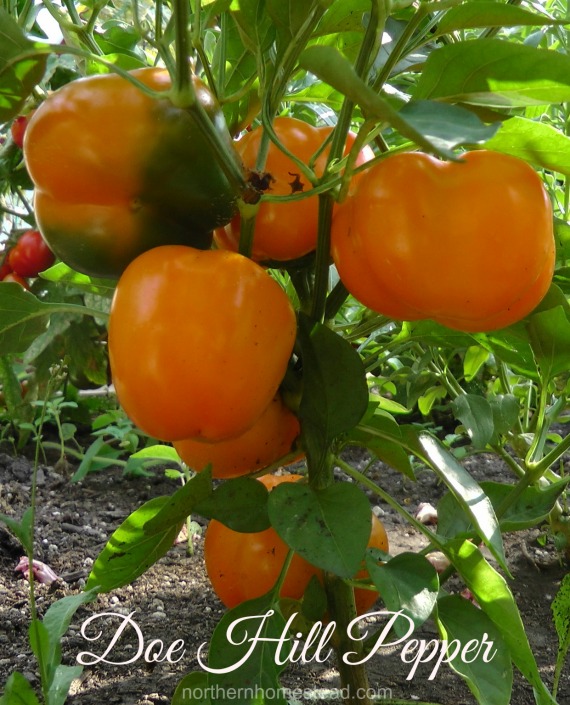
Almost all vegetable varieties have a patio or space-saver option. Patio Snacker cucumbers, Tiny Tim tomatoes, and bush Spaghetti Squash are available. If space is limited, look for varieties that fit.
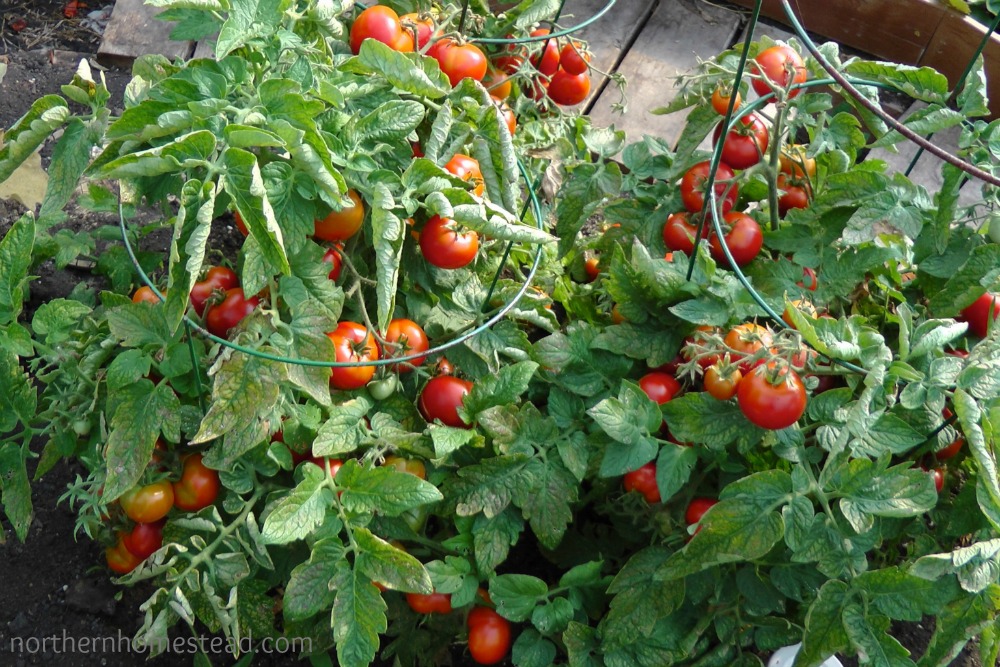
Small plants do not always mean less fruit; look for productive varieties. The picture above shows a dwarf Mano tomato variety loaded with fruit. Even though it is a small plant, it is an indeterminate variety, perfect for a small space and a longer harvest window.
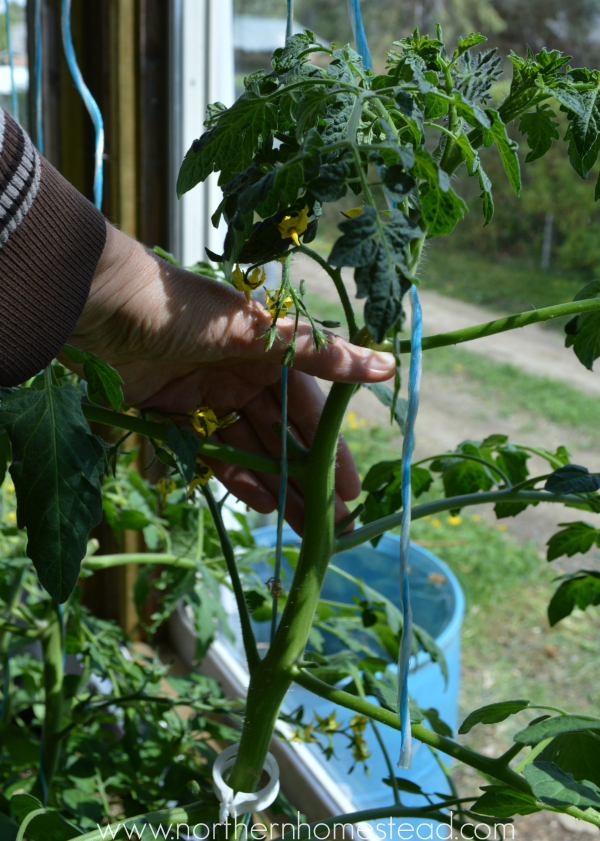
Vertical plants are a great space-saver in a greenhouse or a warm microclimate. Otherwise, in a cold climate with cool nights like ours, we are better off staying close to the warm ground.
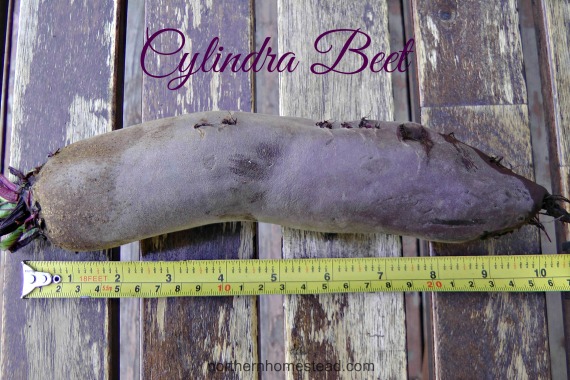
Carrots, beets, and radishes come in a variety of shapes and sizes. Choose cylinder-forming vegetables to plant more in a small space.
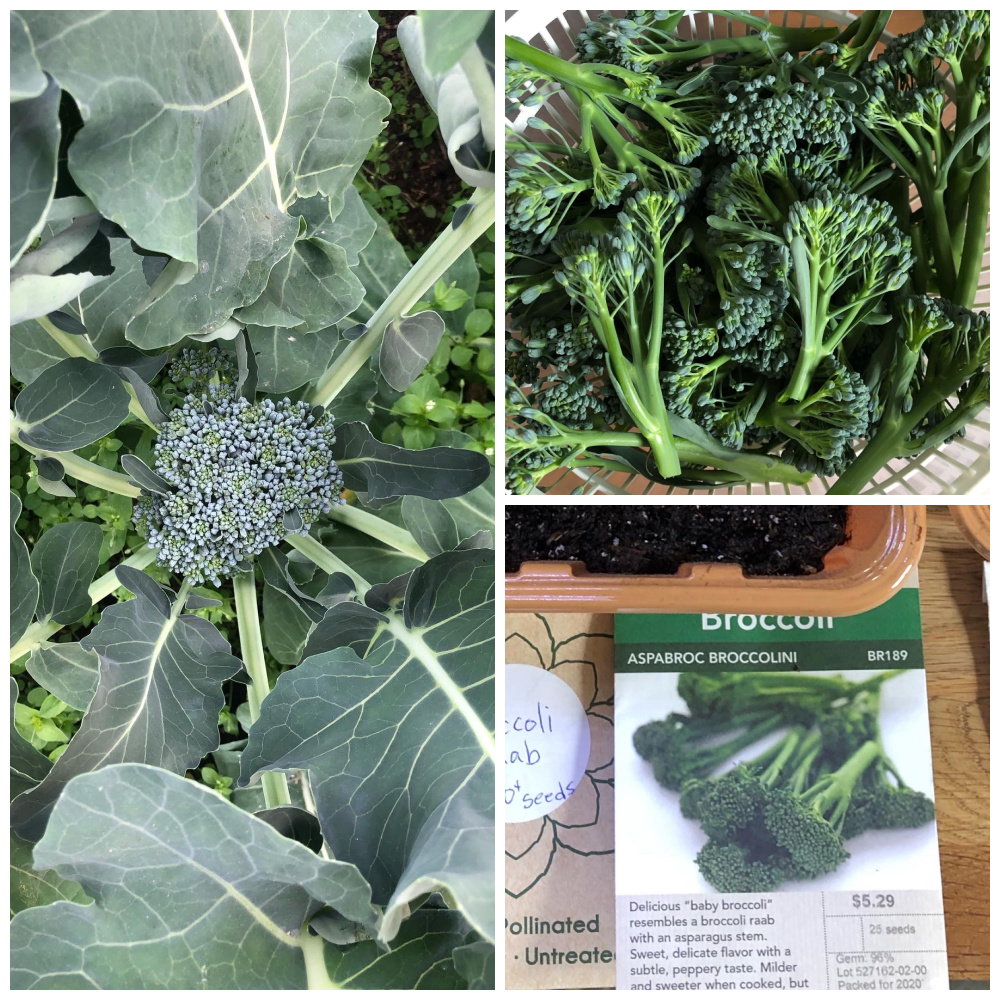
Look for varieties with a longer harvest window. For example, broccoli takes up a lot of space and forms one head, while broccolini stays smaller and continues to produce shoots over several weeks. Leavy lettuce can be harvested over a long period, whereas a head of lettuce is harvested once.
Plants worth growing economically

If space is limited, consider planting high-yield, cost-effective options, such as expensive but easy-to-grow vegetables. Plants that are worth growing economically. Here are a few examples:
Tomatoes: Tomatoes, particularly cherry tomatoes, are known for their high yields and are a great way to save money, especially if you buy them regularly. Bulls Heart has proven to be the highest-yielding tomato if you prefer big tomatoes and are into canning. Tomatoes can be frozen or canned for winter use.
Peppers: Growing your own peppers can save you money, especially if you like to use them in cooking. Also, growing hot peppers for spice is easy. Peppers and tomatoes make a delicious Lecho.
Cucumbers: Cucumbers are another relatively easy vegetable to grow and yield a lot of produce. Grow dual-purpose pickling cucumbers and pickle or ferment them for the off-season.
Summer Squash: Zucchini is a prolific producer. Only two plants are needed to produce enough throughout the summer, and there are a dozen ways to preserve zucchini for winter.
Greens: Lettuce is a quick-growing, easy-to-grow crop that can be harvested repeatedly. Here is how you can grow lettuce in very little space. Spinach is a nutritious and relatively easy-to-grow leafy green. Kale is expensive to buy, but it is so easy to grow. It has a long harvest window and can be frozen for winter.
Green Beans: Green Beans can be grown for multiple purposes: food, beauty, privacy hedge, and nitrogen fixer.
Beets: Beets are a good root vegetable that can be grown for the greens and roots.
Garlic: Garlic is an expensive crop. Growing your own is so worth it.
Carrots: Carrots are another must-have root vegetable.
Herbs: A great addition to the garden. Most of the herbs we grow are either perennials or self-seed. When space is needed for other vegetables, they are harvested.
Make your vegetable garden beautiful
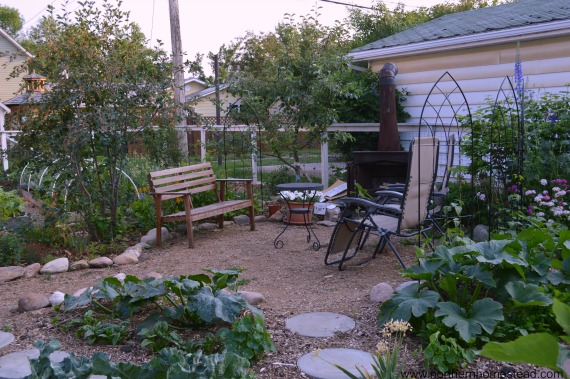
An urban vegetable garden does not have to be a row garden. Ornamental and edible plants can grow together in a beautiful combination.
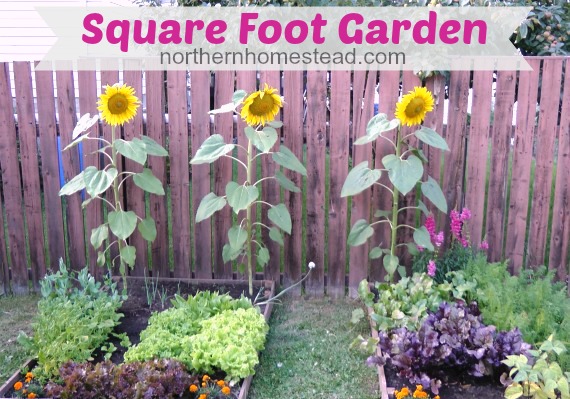
Root vegetables and salad greens can be grown in square-foot patterns; that way, you can grow 16 carrots, 16 beets, or 32 radishes per square foot. The Square Foot Gardening book is a must-have for urban gardeners.
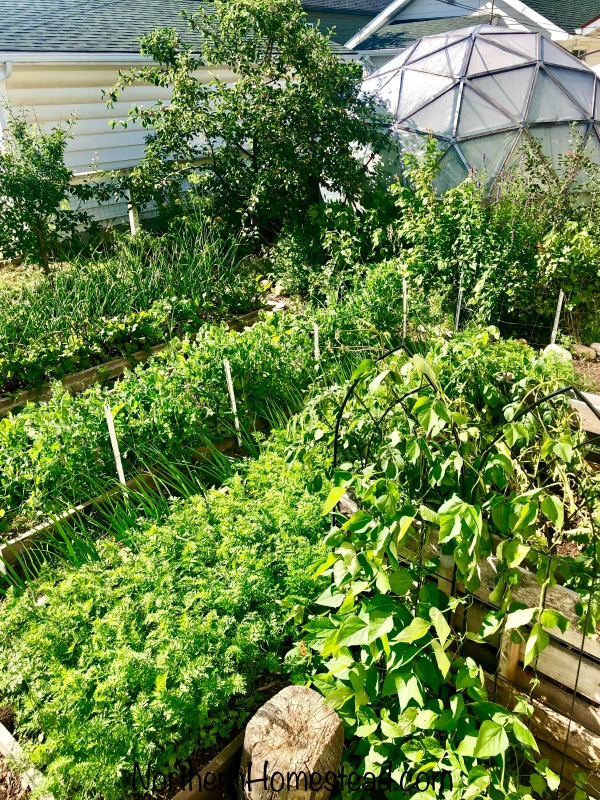
Plant early crops next to late-season crops so the beds’ space is used throughout the season. Use vertical space along the fence and walls. Grow as little or as much as you enjoy!
Grow what you eat
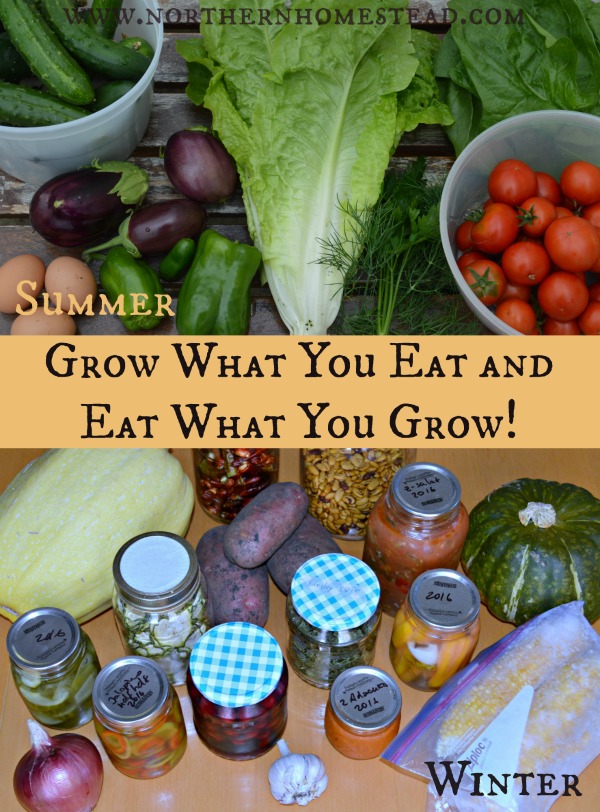
Growing a lush garden is enjoyable, but when it comes to a vegetable garden, it’s crucial to choose varieties that you like to eat. Keep in mind that homegrown vegetables taste quite different from those found in grocery stores. Homegrown vegetables, harvested at their peak ripeness, are packed with flavor and aroma. It’s worthwhile to plant a little of everything at first to see what you enjoy. There are also many varieties to choose from for each type of vegetable. Experiment with your seed collection and grow what you love to eat.
We invite you to subscribe to Northern Homestead and follow us on Instagram, Facebook, or Pinterest for the latest updates.

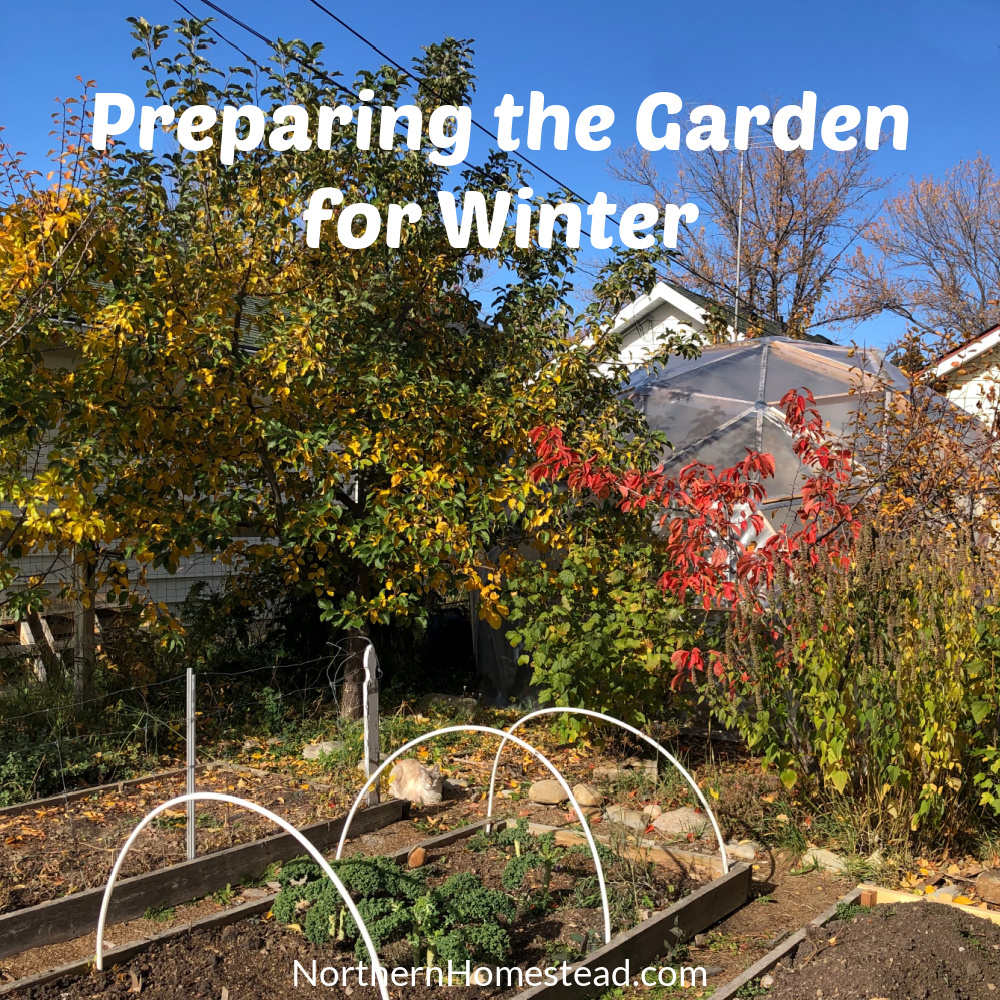
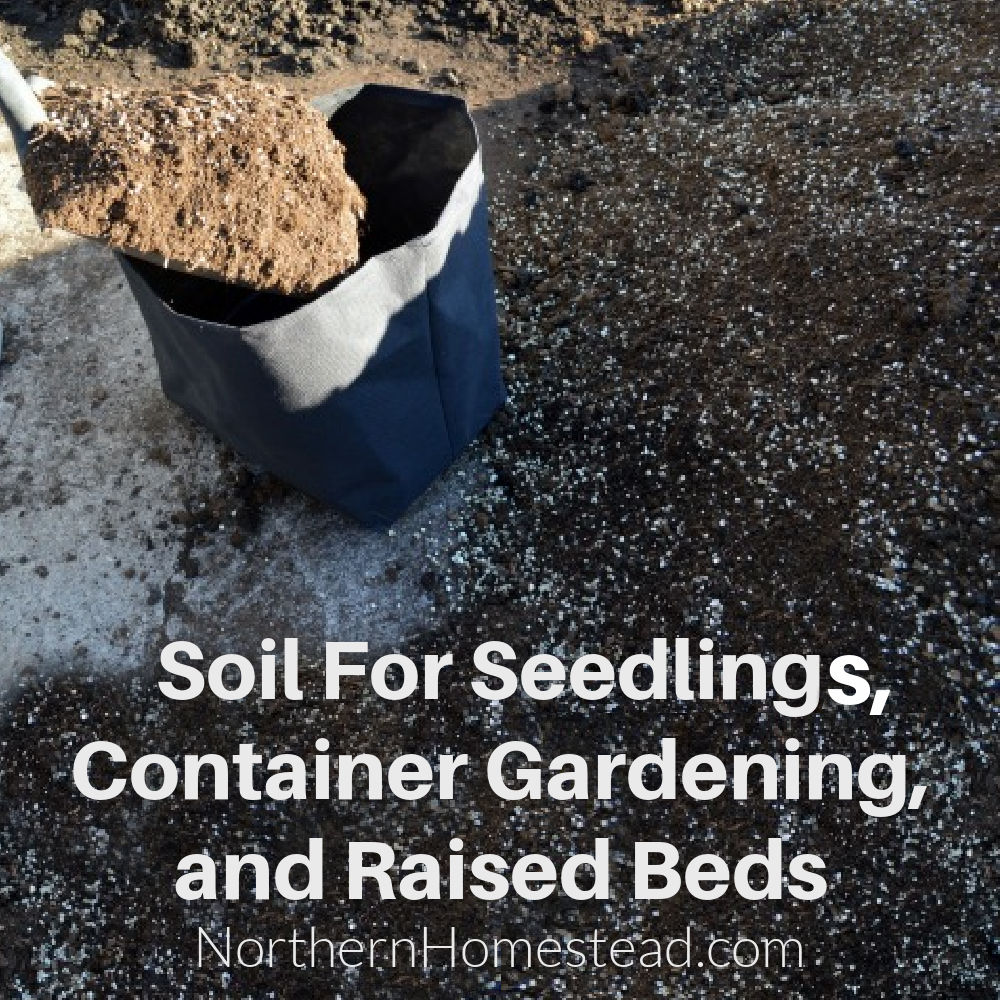
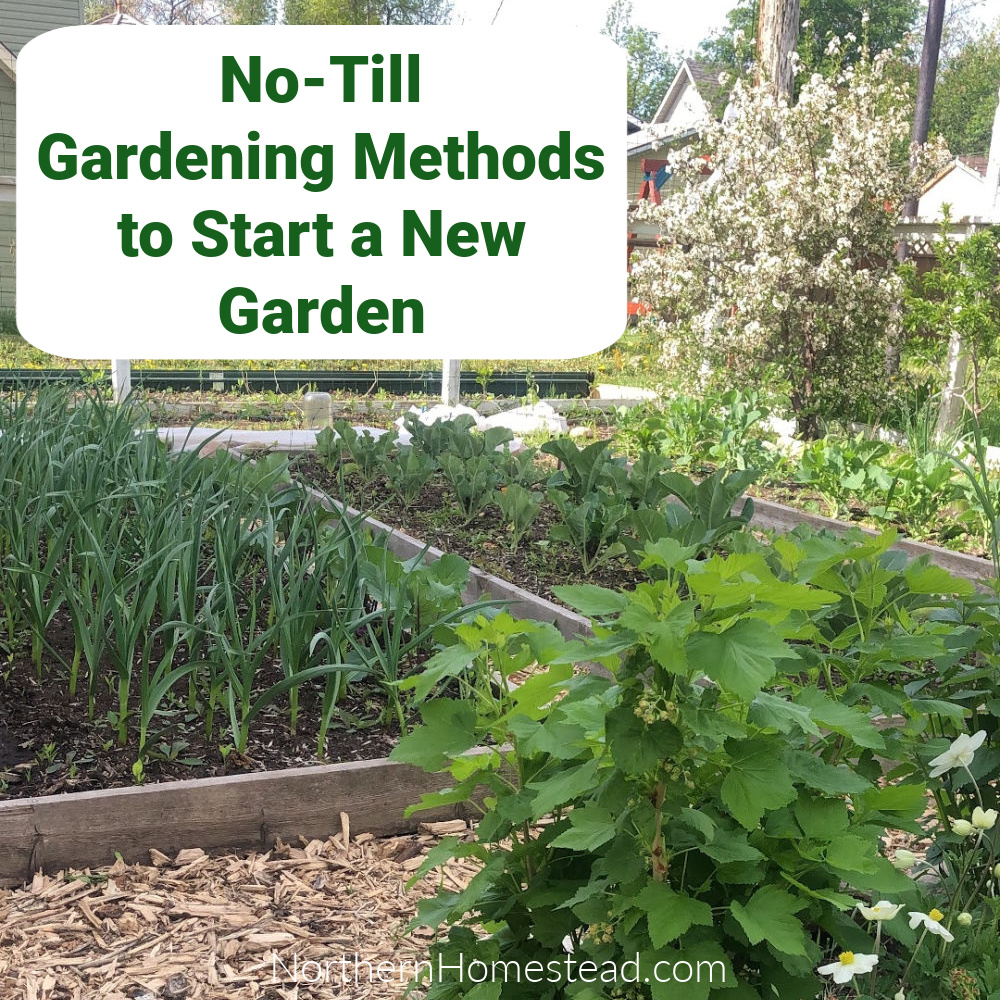
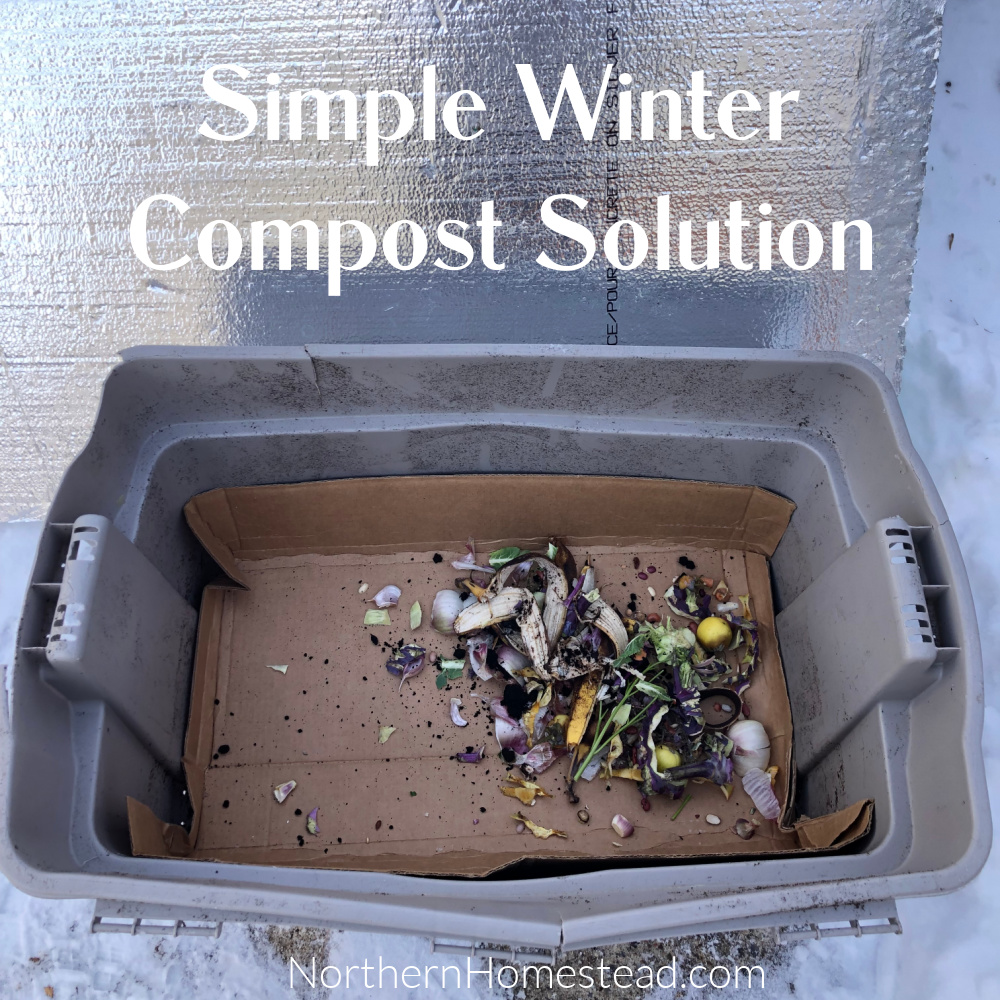
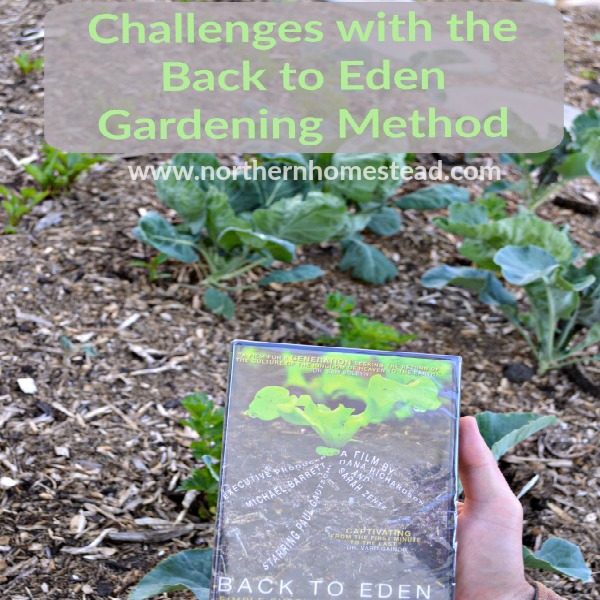
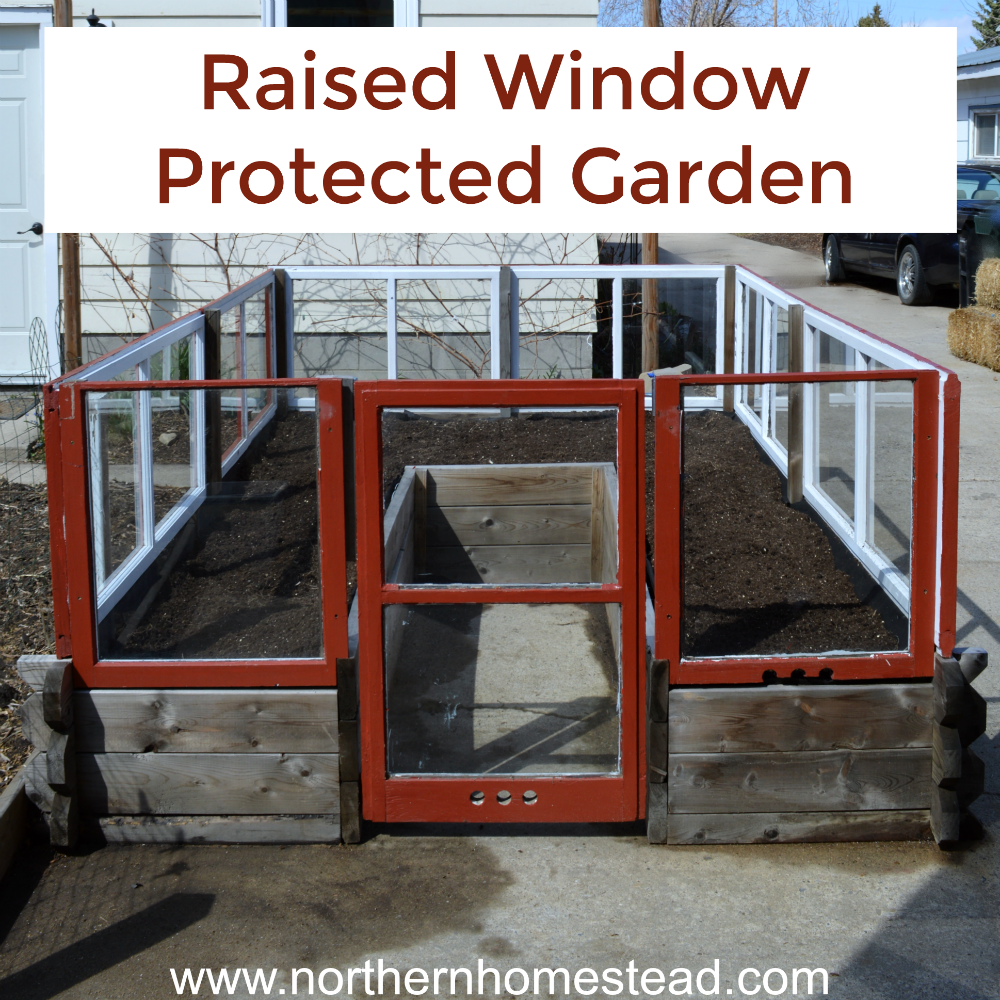
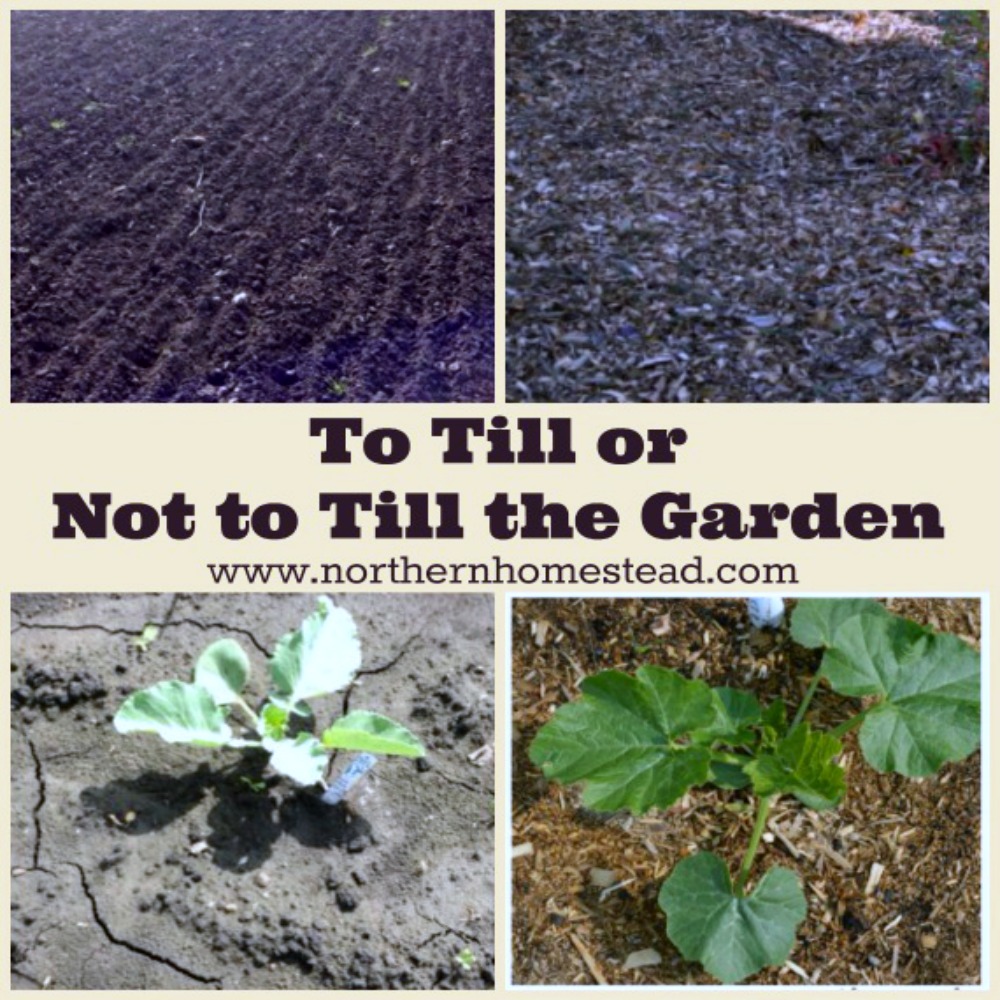
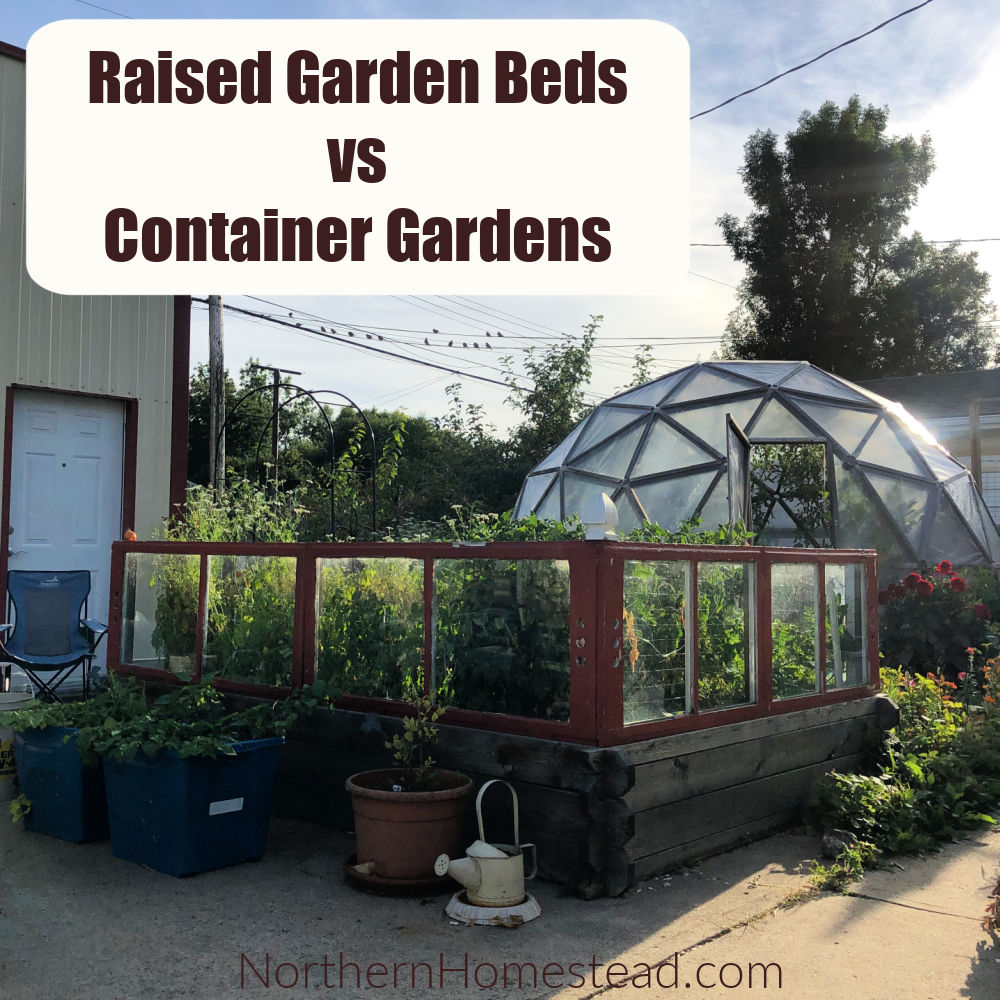
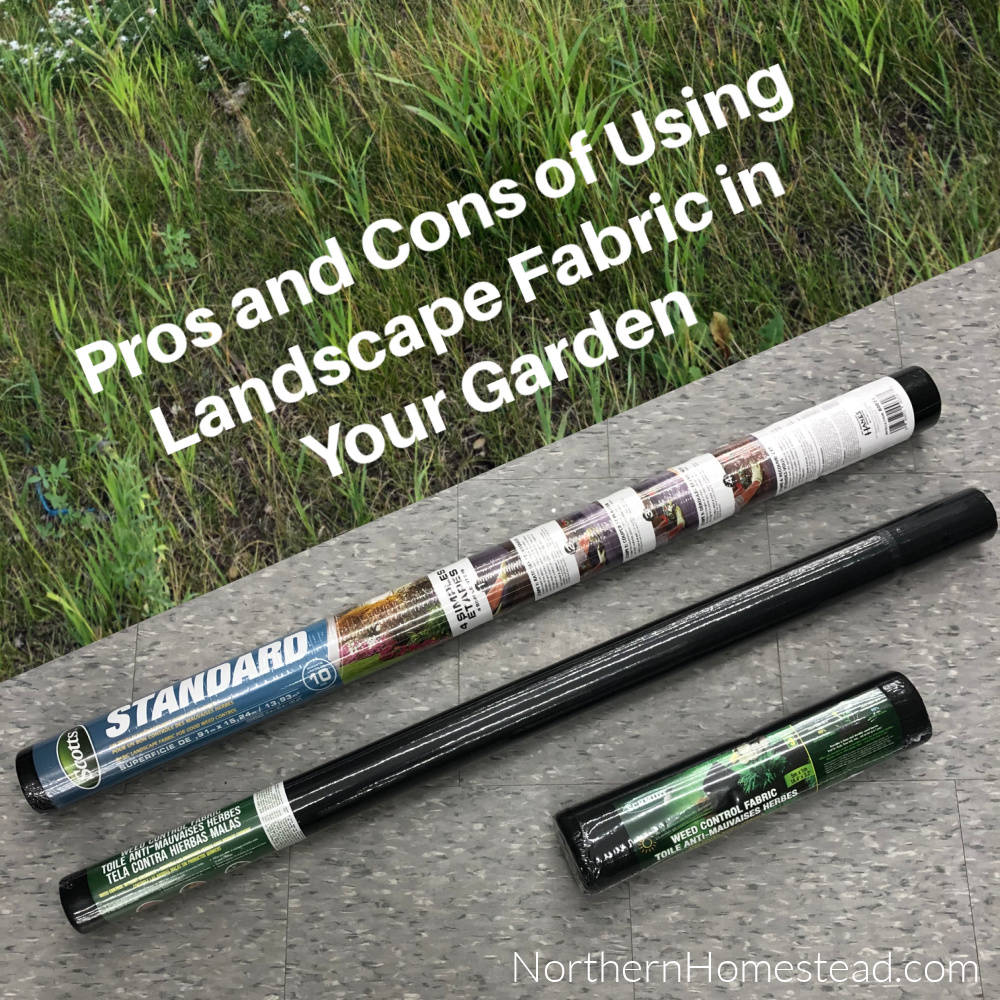
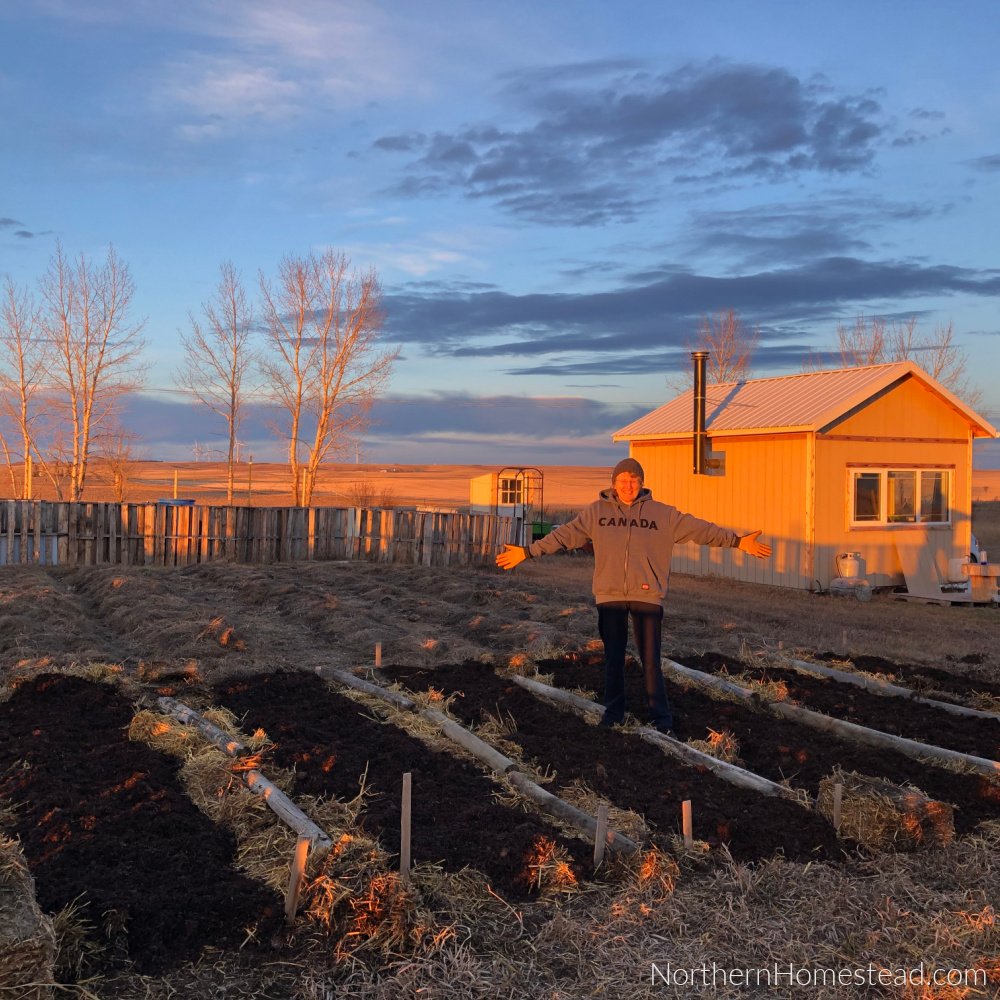

Leave a Reply